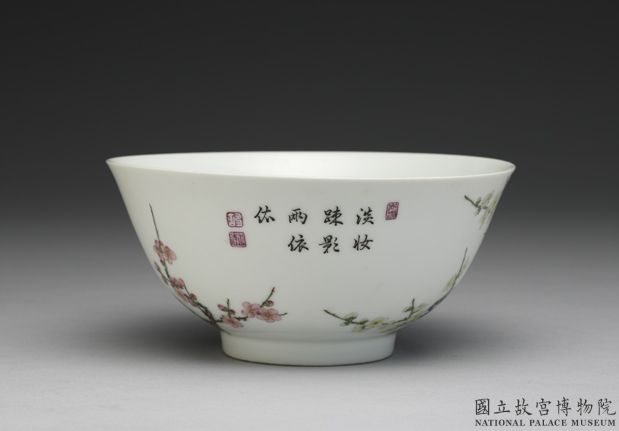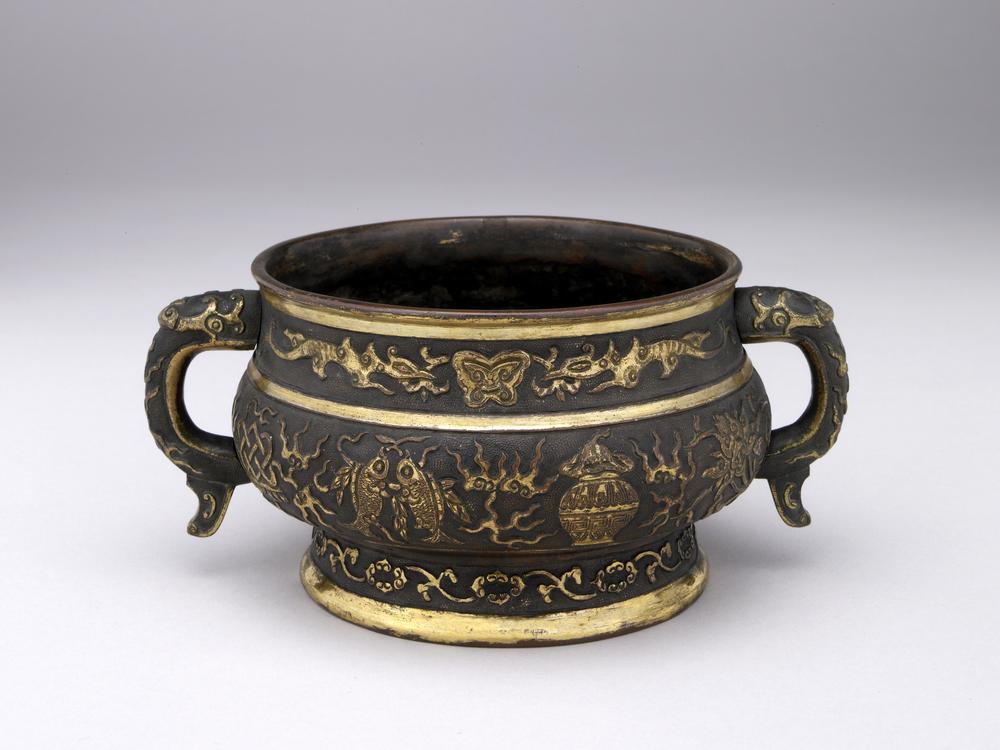Period:Neolithic Period Production date:4000BC (circa)
Materials:stone
Technique:carved
Dimensions:Length: 13.30 centimetres Width: 10.40 centimetres
Description:
Songze-type stone axe (grey.brown.red). The hole has been made by ‘pecking’ at the surface.
IMG
![图片[1]-axe BM-1945-1017.115-China Archive](https://chinaarchive.net/Neolithic Period/43/mid_00165173_001.jpg)
![图片[2]-axe BM-1945-1017.115-China Archive](https://chinaarchive.net/Neolithic Period/43/mid_00506999_001.jpg)
Comments:Rawson 1992:Compare with BM 1937.0416.108. Rawson 1995:The shapes of early jades indicate that there was a tendency to cut boulders of material into slices and then to shape the edges in various ways. Many Neolithic and Shang jades are therefore made of flat slices or slabs. Early stone axes have a thickish solid body, often lens-shaped in section, though later Neolithic blades in jade are thinner, and often of a more or less even thickness. Some sort of rotating tool was introduced for cutting holes and grooves at quite an early date. At first the holes were started off by chipping or pecking at the surface. This stone axe from south-east China shows irregular pitting around the hole that is evidence of this technique.
Materials:stone
Technique:carved
Dimensions:Length: 13.30 centimetres Width: 10.40 centimetres
Description:
Songze-type stone axe (grey.brown.red). The hole has been made by ‘pecking’ at the surface.
IMG
![图片[1]-axe BM-1945-1017.115-China Archive](https://chinaarchive.net/Neolithic Period/43/mid_00165173_001.jpg)
![图片[2]-axe BM-1945-1017.115-China Archive](https://chinaarchive.net/Neolithic Period/43/mid_00506999_001.jpg)
Comments:Rawson 1992:Compare with BM 1937.0416.108. Rawson 1995:The shapes of early jades indicate that there was a tendency to cut boulders of material into slices and then to shape the edges in various ways. Many Neolithic and Shang jades are therefore made of flat slices or slabs. Early stone axes have a thickish solid body, often lens-shaped in section, though later Neolithic blades in jade are thinner, and often of a more or less even thickness. Some sort of rotating tool was introduced for cutting holes and grooves at quite an early date. At first the holes were started off by chipping or pecking at the surface. This stone axe from south-east China shows irregular pitting around the hole that is evidence of this technique.
© Copyright
The copyright of the article belongs to the author, please keep the original link for reprinting.
THE END





